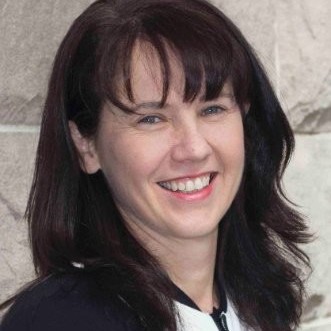Editorial note: Forbes Advisor Australia may earn revenue from this story in the manner disclosed here. Read our advice disclaimer here.
Table of Contents
If you’re over a certain age you will probably have heard of The McDonald’s Hot Coffee Lawsuit in the early 1990s, in which a US woman sued the fast food giant after she spilled a hot coffee in her car and scalded herself.
This was essentially a product liability, or a product failure, case and while it was reported at the time that the woman was awarded millions of dollars in compensation, the reality is that it eventually settled out of court for much less.
Although that was an extreme case, it highlights how easily a fault with a product can cause injury to somebody, or their property, and why it is important to have appropriate insurance, which in this case would be product liability insurance.
“(It) protects your business against claims by third parties relating to property damage or personal injury caused by your products,” head of product delivery at Aon, Tracy Riddell, says.
“This means that if someone suffers an injury, or their property is damaged due to an actual or perceived fault in a product you have manufactured, supplied or sold, they may take legal action against you or your business to recover their loss.”
Who Needs It?
Essentially any individual or business that sells any type of product should really have some kind of product liability insurance. It doesn’t really matter what you sell, whether it’s food and drink, arts and crafts, or sports equipment, anything you produce may be able to cause someone damage.
This includes large retailers and manufacturers, right down to a small Etsy shop or market stall.
“Third party claims for personal injury or property damage can be expensive. Even if your business is not at fault, you may still incur considerable legal costs in order to defend a claim or an allegation of negligence relating to your product,” Riddell says.
Riddell says it’s a common misconception that you don’t need the insurance if you don’t make a product that may injure somebody or their property.
“In reality any individual or business involved at any stage from the start of manufacturing to the point of sale (including servicing and repairs) can be held liable for defective or harmful products,” Riddell says.
Why Product Liability Insurance Matters
McDonald’s drew the coffee case out in court for as many years as it could, and while it may have seemed like US litigation at its worst, it’s important to note that the woman initially just wanted McDonald’s to pay her medical bills and only pursued the case when McDonald’s refused.
Essentially any individual or business that sells any type of product should really have some kind of product liability insurance. It doesn’t really matter what you sell, whether it’s food and drink, arts and crafts, or sports equipment, anything you produce may be able to cause someone damage.
The coffee was also served at extremely high temperatures, which is why McDonald’s was found to be 80% responsible for the incident.
While a big company like McDonald’s could afford to fund years of legal proceedings, most small individual operators cannot, and a decision to not purchase product liability insurance could expose an individual or business to significant costs that would have otherwise been covered by insurance. It could also send them broke.
“Legal costs in particular can quickly escalate, and a business may not have enough funds to continue operating,” Riddell says.
How Much Does Public Liability Insurance Cost?
Like all kinds of insurance, the cost of product liability insurance will depend on a range of factors including, but not limited to, the sector your business is in, the type of products you sell or make, your claims history and the risk management practices of you or your business.
Risk mitigation practices include correct labelling of products and warnings. If you sold a food item that contained eggs, for example, but was not labelled as containing eggs, and eaten by a person with an egg allergy who had a reaction, that could result in a claim against your public liability insurance.
“Products that are sold in the US and Canada are likely to attract significantly higher premiums and excesses as claims litigated by consumers in those jurisdictions tend to occur more frequently and are more expensive to settle,” Riddell points out.
A 12-month market stall insurance policy, which includes $20 million of product liability and public liability insurance, might cost around $200 to $250 but policies for much larger businesses that trade more regularly would be much more expensive.
Frequently Asked Questions (FAQs)
What is product liability insurance?
Product liability insurance is designed to protect anyone involved in the production, supply and sale of products against potential personal injury or property damage incurred by an individual due to those products.
What is the difference between professional liability and product liability?
Professional liability insurance, also known as professional indemnity insurance, is primarily for those providing professional services—such as accounting or consulting—and protects against negligence in providing those services. Product liability insurance protects against damage or personal injury incurred in providing products.
Who should have product liability insurance?
Any individual or business involved in any stage of the production and supply of products, including servicing and repairs.


